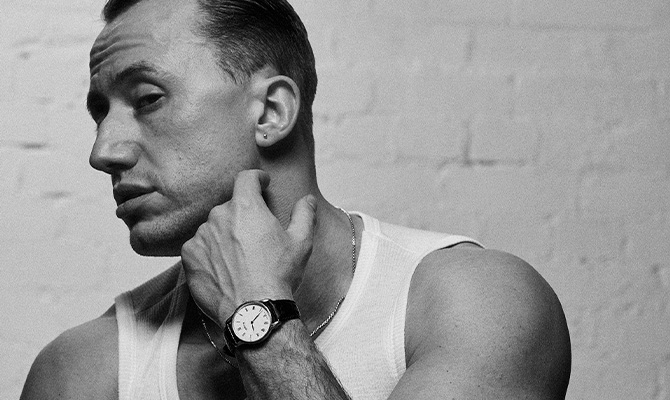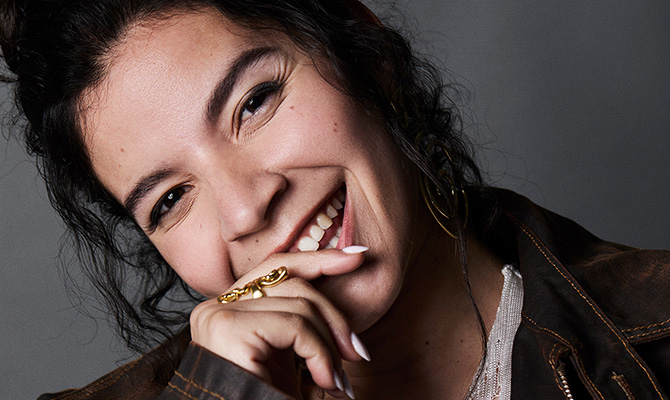Welcome to our discussion on the important topic of body diversity in music videos! In this article, we delve into the recent controversy surrounding Troye Sivan’s latest single, “Rush,” and the backlash it has received for its lack of representation when it comes to diverse body types.
As we explore this issue, we aim to foster a meaningful dialogue about inclusivity in the music industry.
At the heart of this conversation is the recognition that representation matters. The music videos accompanying songs have a profound impact on how we perceive and connect with the music itself. By featuring a range of body types, sizes, and backgrounds, artists have the power to challenge and reshape societal beauty standards, creating a more inclusive and accepting space for all.
Join us as we examine the implications of the criticism faced by “Rush” and explore the broader significance of body diversity in music videos. We invite you to share your thoughts and opinions on this matter, as we believe that every voice contributes to the ongoing conversation around inclusivity and representation.
Let’s dive in and explore the power of diverse bodies in the music industry, and how we can collectively work towards a more inclusive and empowering future.

Troye Sivan, the talented singer-songwriter known for his captivating music and unapologetic self-expression, recently released his latest single, “Rush.” While the song received praise for its catchy melodies and heartfelt lyrics, it also sparked a significant backlash due to the perceived lack of body diversity in its accompanying music video. Critics argue that the video reinforces unrealistic beauty standards by predominantly featuring slender and conventionally attractive individuals commonly referred to as “twinks.”
The absence of body diversity in the music video sparked a conversation about inclusivity and representation, highlighting the ongoing struggle for greater visibility of diverse body types in mainstream media. In response to the backlash, Troye Sivan publicly addressed the criticism, acknowledging the concerns and expressing his commitment to inclusivity. He emphasized the importance of challenging and expanding the industry’s limited beauty standards, promising to learn from the feedback and strive for better representation in his future work.
Music videos hold immense power in shaping the perception of an artist’s music and aesthetic. They serve as visual interpretations and representations of the song’s themes, often influencing viewers’ understanding and connection with the music. As such, it becomes crucial for artists to consider the visual narratives they construct and ensure they are inclusive and representative of diverse identities.
Representation matters. In an era where body positivity movements are gaining momentum, it is essential for artists and media creators to actively include and celebrate individuals of various body types, sizes, and backgrounds. By doing so, they promote inclusivity, challenge harmful stereotypes, and cultivate a sense of belonging for their audience.
However, the lack of body diversity in music videos is not an isolated issue. The music industry as a whole often perpetuates unrealistic beauty standards, favoring a limited range of body types and conforming to conventional ideals. This exclusionary approach neglects the diversity that exists within society and undermines the progress towards a more inclusive and accepting culture.
Addressing the lack of body diversity requires a collective effort from artists, industry professionals, and audiences alike. Artists can consciously cast a wider range of bodies in their music videos, using their platform to challenge existing norms. Likewise, industry gatekeepers can play a vital role by supporting and promoting diverse voices and bodies, facilitating a shift towards a more inclusive creative landscape.
The controversy surrounding Troye Sivan’s “Rush” music video serves as a reminder of the power artists wield in shaping cultural narratives and the responsibility they have to foster inclusivity. By actively promoting diverse body types, artists can contribute to a more accepting and representative space for all. It is through collective action and continued dialogue that we can work towards a future where everyone’s beauty is celebrated and recognized.
With the release of Troye Sivan’s latest single, “Rush,” there has been a notable backlash concerning the lack of representation when it comes to different body types in the accompanying music video






@Vevo
View this post on Instagram



















